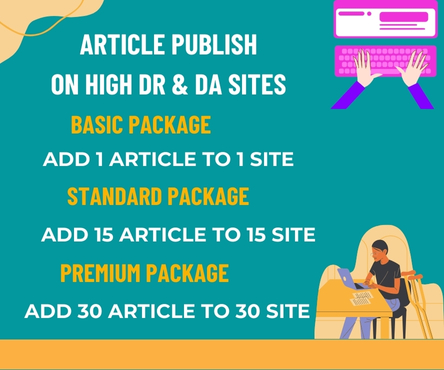In recent years, technological advancements have transformed the healthcare and hearing aid industries. One of the most innovative developments is the introduction of 3D ear scanners. These devices offer a combination of precision, convenience, and comfort that traditional ear measurement methods cannot match. Understanding the benefits of using a 3d ear scanner can help both professionals and patients make informed decisions.
Unmatched Accuracy in Ear Measurements
Accuracy is critical when creating hearing aids, ear molds, or custom audio devices. Traditional methods often rely on manual impressions that can lead to errors and inconsistencies. A 3D ear scanner captures the exact shape of the ear in a digital format. This level of precision ensures that hearing devices fit perfectly, reducing the likelihood of discomfort or the need for adjustments. With accurate digital data, manufacturers can produce custom devices that enhance hearing performance and improve overall user satisfaction.
Enhanced Comfort for Patients
Comfort is a primary concern when working with ears, especially for patients who require hearing aids. Traditional ear impressions can be uncomfortable and even cause anxiety in some individuals. The 3D ear scanner eliminates the need for physical molds. The scanning process is quick, non-invasive, and pain-free. Patients experience minimal discomfort, making routine appointments more pleasant and reducing stress associated with ear care procedures.
Faster and More Efficient Workflow
Using a 3D ear scanner can significantly improve the workflow in clinics and manufacturing facilities. Digital scans are immediately available for review, allowing professionals to make adjustments quickly. This reduces the time required for creating ear molds or hearing aids compared to traditional methods. Faster processing benefits both patients and clinicians by shortening waiting times and improving the overall efficiency of the service.
Better Customization Options
The digital data obtained from a 3D ear scanner enables advanced customization. Professionals can design hearing aids and ear devices that perfectly match the unique contours of each ear. This leads to better sound quality and a secure fit. Additionally, the digital files can be stored for future use, making replacements or modifications easier without the need for repeated scans.
Safe and Hygienic Process
Hygiene is another advantage of using 3D ear scanning technology. Unlike traditional molds that require contact with ear canal material, 3D scanners use non-contact imaging. This reduces the risk of infections and ensures a clean, safe procedure for every patient. The combination of accuracy, speed, and hygiene makes 3D ear scanners an ideal solution for modern audiology practices.
Conclusion
The benefits of 3D ear scanning technology are clear. From precise measurements to enhanced patient comfort, faster workflow, and superior customization, this innovation is transforming the way ear devices are designed and fitted. Clinics and manufacturers adopting 3D ear scanners gain a competitive edge by offering high-quality solutions that improve the patient experience. As technology continues to evolve, 3D ear scanners will likely become the standard in hearing care, combining efficiency with comfort and accuracy for every user.

